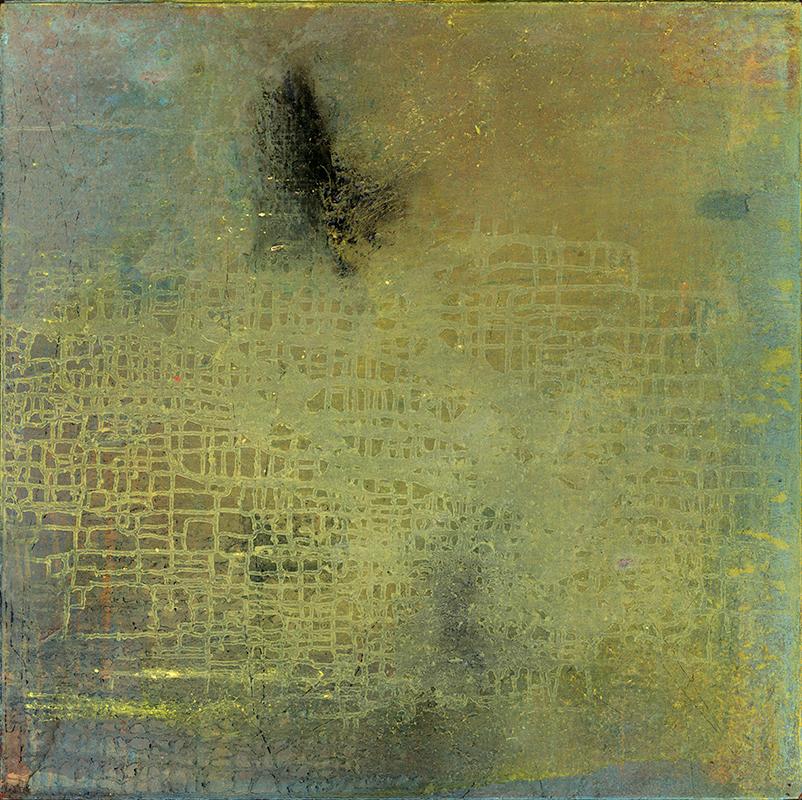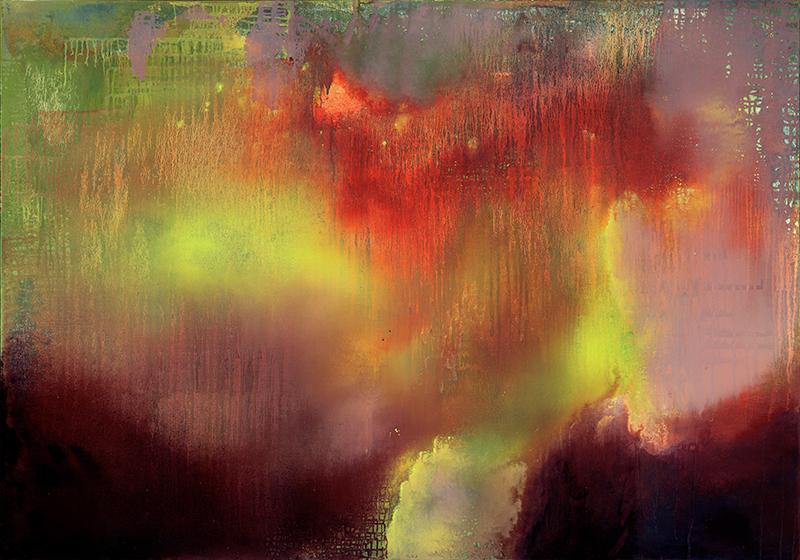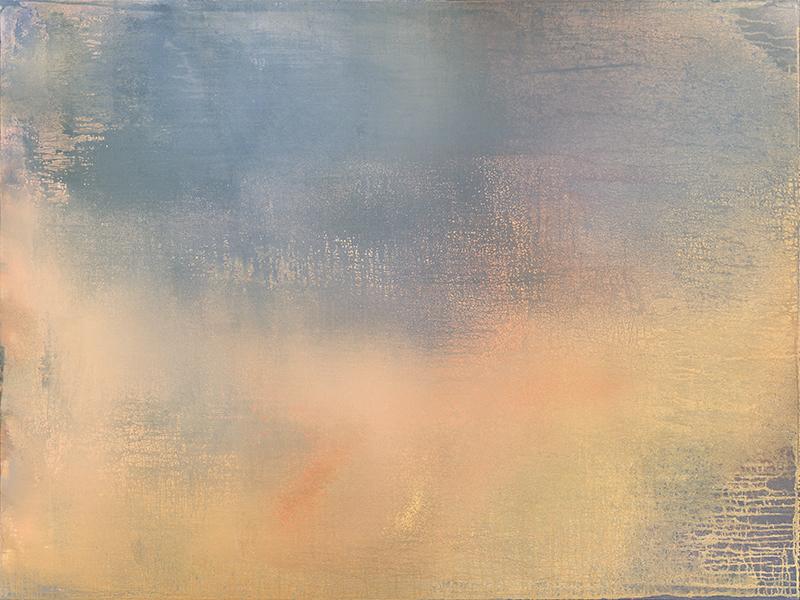Natural and mystical processes inspire Ostovany’s practice on a daily basis, driving him on a personal journey of exploration through the alchemy of paint, color, light, texture and the poetics of space: a constant pursuit of a transcendent reality.

Yari Ostovany was born in Iran in 1962 and moved to the United States at the age of 16 where he pursued his studies in Art first at the University of Nevada – Reno and further specialized at the San Francisco Art Institute where he gained his MFA in 1995. From that moment on, he has been exhibiting extensively in the United States and internationally, from Los Angeles to Tehran. Moreover, his work is part of the permanent collections of several institutions including the New Britain Museum of American Art in New Britain, Connecticut and Pasargad Bank Museum in Tehran, Iran, both his lands.
Over the years, Ostovany has gradually grown and matured his poetic brushstroke by brushstroke, absorbing Western artistic culture and shaping it according to his Iranian roots and personal inclinations.
Halfway between gesture and tone, his research is complex to be identified and classified, but perhaps this is exactly its charm. The influence of the great American masters of the post-World War II period is evident, particularly that of Mark Rothko in his latest and most famous period, the master of tonal painting.
Yari shares with the master a methodical approach to the color, slow and steady. He is interested in the corporeity and simultaneously, in the evanescence of oil color. Tonal painting means patience, it means creating the color by yourself starting from the pigment, waiting for the color to dry before applying a new layer, and for a new color to emerge. His artworks actually unfold over time, evolving layer after layer and emerging thanks to the light.

And here this is the second link to Rothko: the importance of light, without which Yari’s paintings would have no reason to exist. Light creates the soft, enveloping atmosphere that emerges from each of Ostovany’s artwork. Sometimes it is stronger, sometimes it is subtler, but light is always the dominant feature as we can see in Numinous No 33, an immersive canvas that seems to wrap around the viewer in a mystical atmosphere. You will never see a juxtaposition of strong, bold colors, but always a gradual transition of nuances.
Having said that, Ostovany’s practice is not only about tonal painting and clever use of light. The artist is fascinated by the gesture as well, appearing on his canvas as an interpreter of the most ancient primordial contradictory forces. In this nuance of his research, his Iranian roots and Persian Taoist aesthetic sensibilities emerge, two characteristics profoundly detached from the American culture and yet deeply coexisting in his personality.

A new painting often begins as a series of calligraphic gestural marks, what Ostovany calls a gesturaloutburst, inspired by a cognitive/emotional spark, an impulse. This approach owes a lot to Abstract Expressionism, as the artist himself says. If you take a glance at Numinous 25, you will perceive colour runs and a more pronounced, impulsive graphic sign.
His work takes shape from the dichotomy of light and matter, color and sign, in a constant research of a spiritual reality that goes beyond the reality we see. “I approach painting as the visual evidence of, and not a report on, an experience; not a representation of spiritual energy but a translation of it into light and texture, navigating the space between stasis and movement, between emergence and disappearance.” Ostovany’s words well explain his poetics: the spiritual as an experience. He clearly feels a connection to multiple separate and yet complementary mystical traditions that will always appear in his artworks.
Written by Giulia Caruso